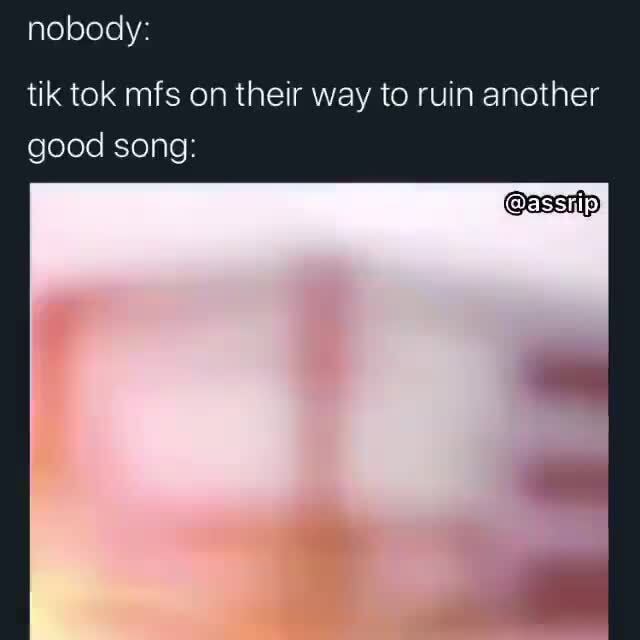

Lauren Taylor, a 28-year-old former funeral director who lives in Florida, shares farcical family stories on TikTok-such as a quarrel between a mistress and a wife over the burial of a shared lover-to make the point that planning is key. As uncomfortable and dark as the video may be, it underscores Hawkins’s overall message that learning more about dying bodies and end-of-life care can only help.īeyond the medical aspects of death and dying, some videos also warn people about one of the largest hurdles after a loved one’s passing: logistics. “Addiction is the least of their worries.” Hawkins told me hospice patients aren’t typically at risk of developing an addiction, because many of them are not in end-of-life care long enough to become addicted (for instance, the median length of stay for Medicare recipients in hospice is about 18 days). “They’re suffering and they’re dying,” Hawkins’s caption reads. In one video, about the use of morphine at the end of life, an exasperated Hawkins appeals to the camera and feigns anger at a family who wants to withhold morphine from a dying loved one out of fear that they’ll become addicted.

Hawkins has also used macabre comedy to illuminate the realities of hospice care. Their body is shutting down and doesn’t need it.” The chorus, which repeats the line “It’s just water!,” serves as a whimsical background to Hawkins’s blunt explanation. To caption her video, she wrote: “If your dying person isn’t taking fluids, that’s ok. For example, to tackle the misconception that hospice patients need to stay hydrated, Hawkins danced to the viral song “Just Water,” by the TikTokers Bryansanon and Tisakorean. She encourages viewers to be curious about human anatomy by explaining what happens to failing bodies. It’s not quite so scary,” said Hawkins, who has more than 300,000 followers on her nurse_penny TikTok account. “If you’re talking about a really heavy subject like death and you’re able to put kind of a funny spin on it, it makes it a little more palatable. When I spoke with Penny Hawkins, a 59-year-old hospice quality-control manager from Washington, she explained how she uses comedy to educate others. Read: The American workplace isn’t prepared for this much griefĪlthough some find death-based comedy unpalatable, many TikTok viewers agree with Imperi’s estimation that the levity of a well-placed joke can sometimes make difficult situations easier. “Having humor is critically important when it comes to death and dying,” she said.

She believes that the humor DeathTok offers can be a useful tool for pushing through this discomfort.
#NOBODY TIK TOK SONG HOW TO#
“We don’t have a lot of practice with knowing how to talk about something that’s painful, scary, or difficult all the way through,” Imperi said. The fear of lost autonomy (be it one’s own or a relative’s) makes planning for, grieving, and processing death hard for many Americans. The end of life, Imperi explained, sits in direct opposition to this philosophy: As people age and approach death, they rely on others for help. “We value the story of somebody coming to the U.S with $5 in their pocket and they make it … needing nobody,” she told me over Zoom. Our inability to plainly discuss death and its circumstances stems, in part, from the American ethos of self-reliance, according to Cole Imperi, a well-known author and speaker on the subject of death and thanatology. DeathTok, as it’s called, is a corner of the platform where skits about end-of-life care, funeral arrangements, and death-worker mishaps bring comfort to those suffering through grief and loss, and clarity to those who are curious about an oft-avoided topic. These content creators hope that their comedic takes on mortality will help people who find death hard to discuss, especially during the pandemic, in which more than 900,000 Americans have died. But the social network has also provided a space for some unlikely influencers: hospice workers, morticians, and funeral directors. Casual TikTok viewers might think of the app as just a feed of Gen Zers doing viral dances and lip-synch reenactments.


 0 kommentar(er)
0 kommentar(er)
